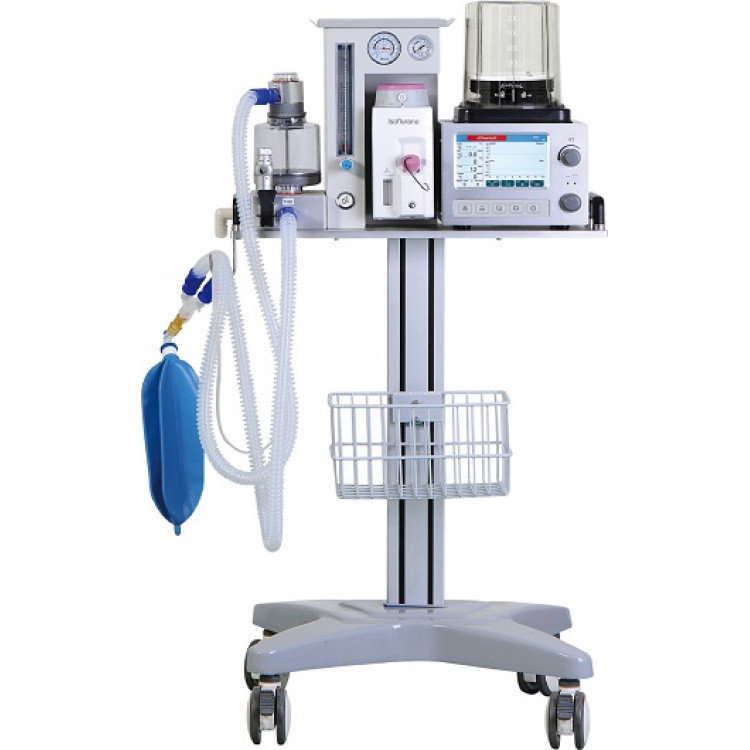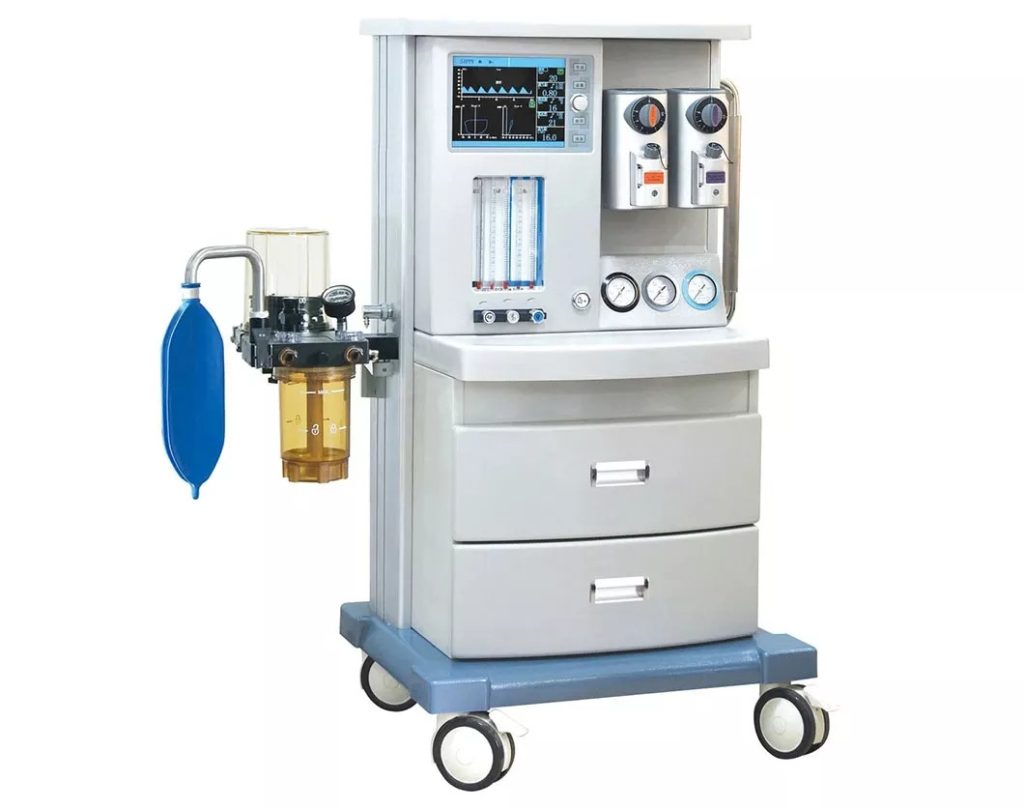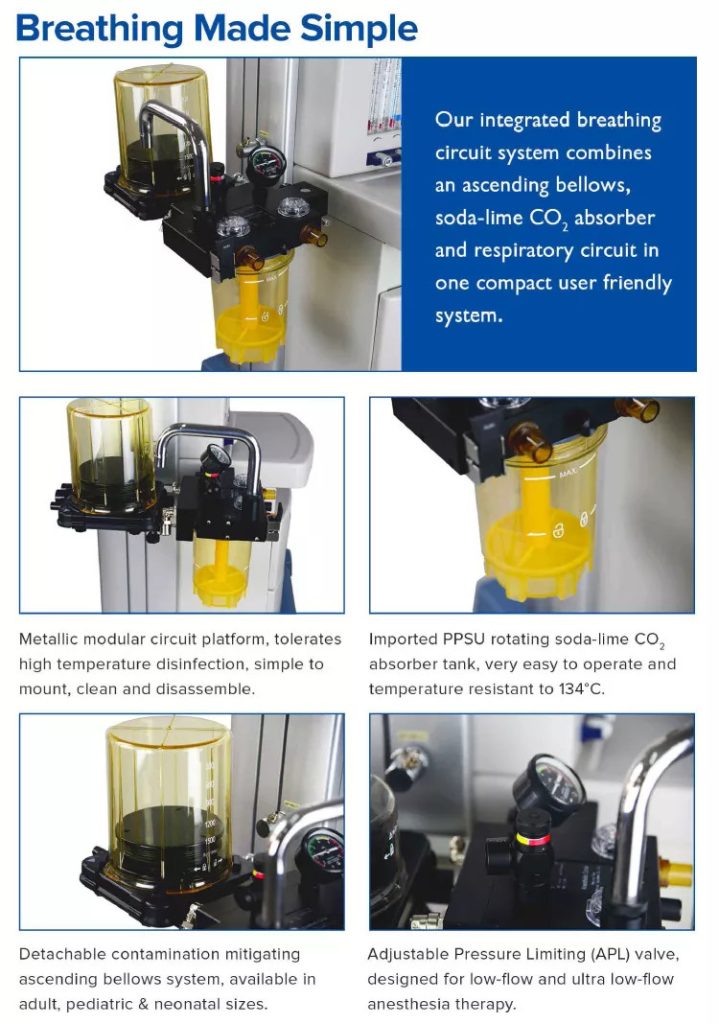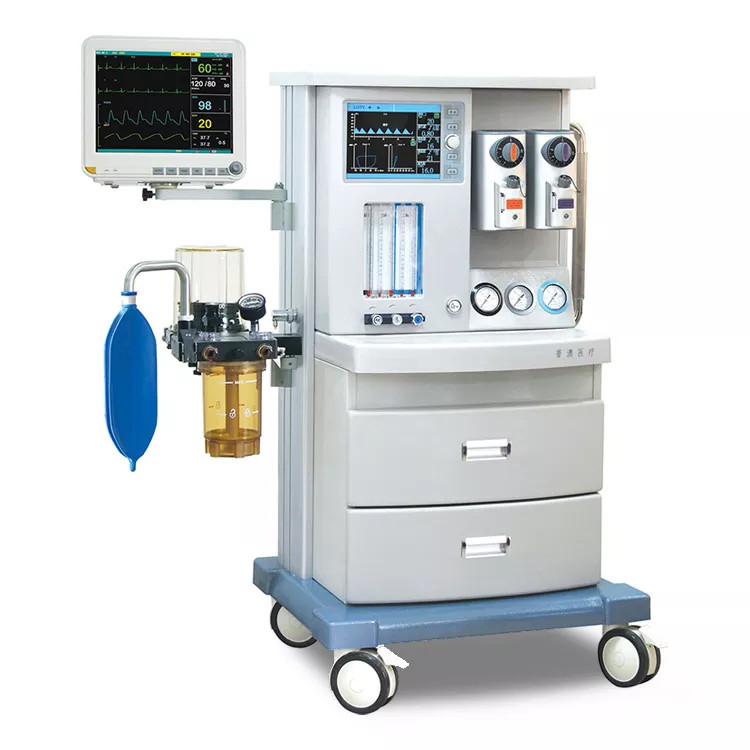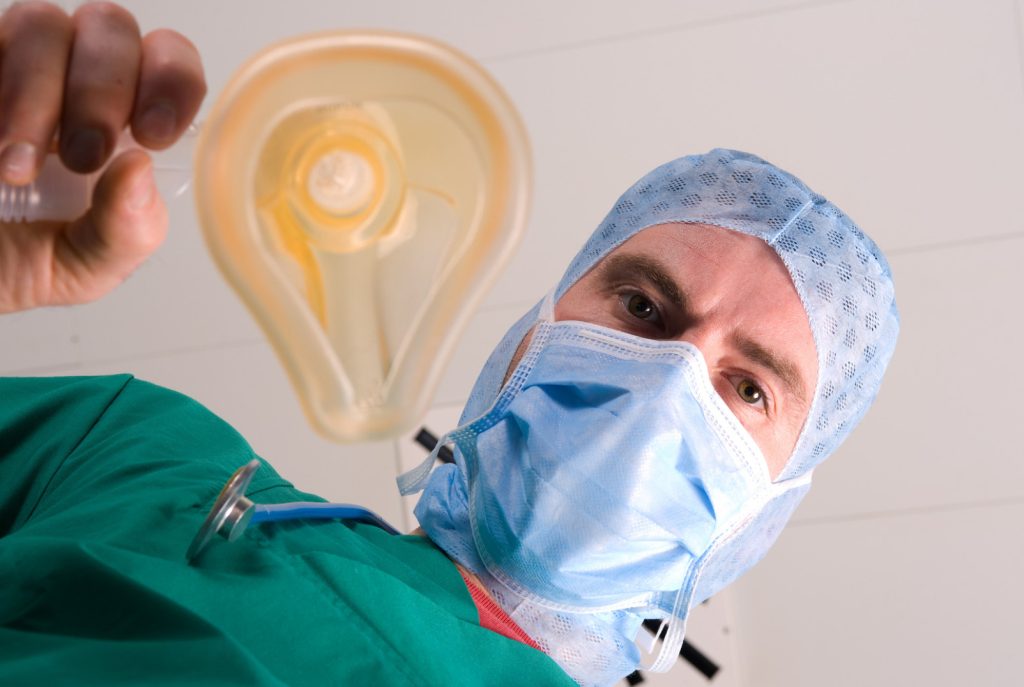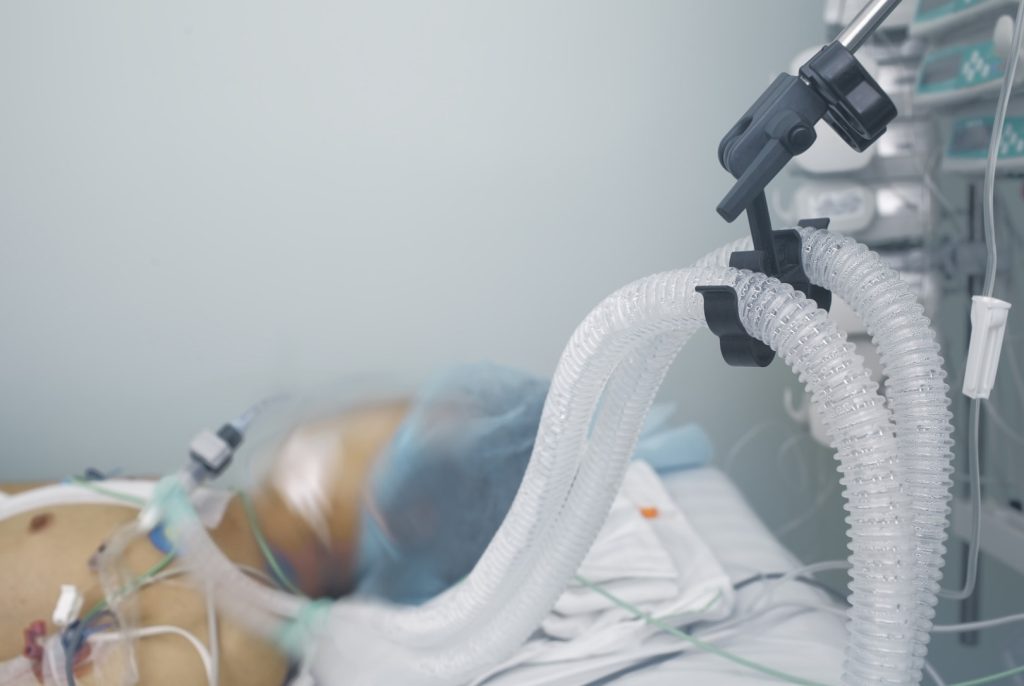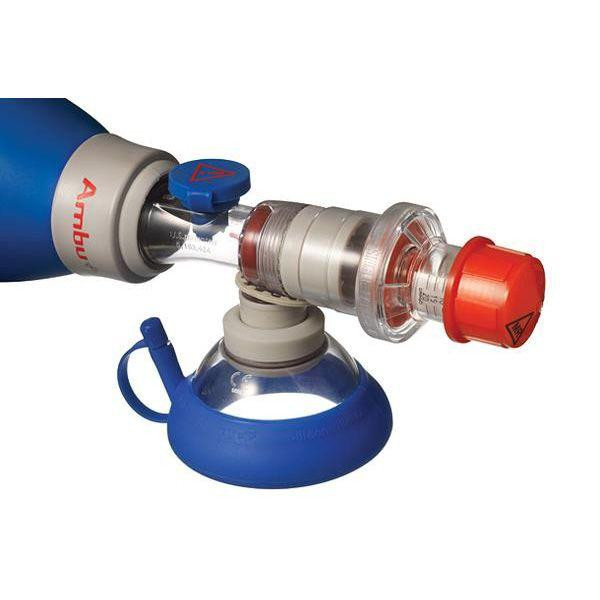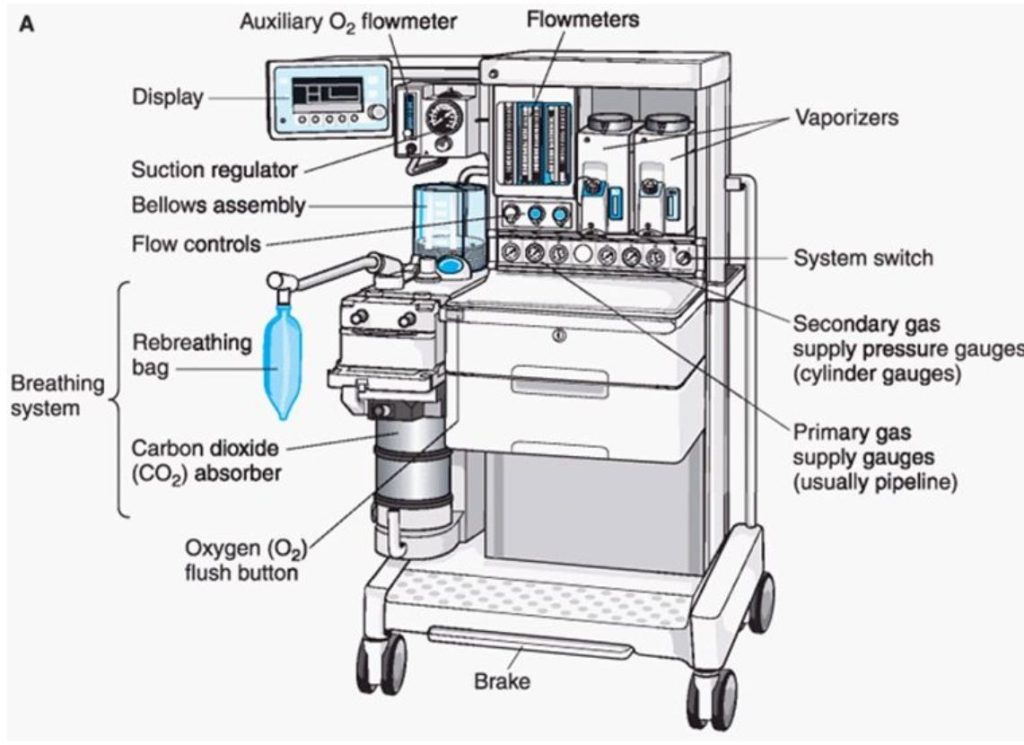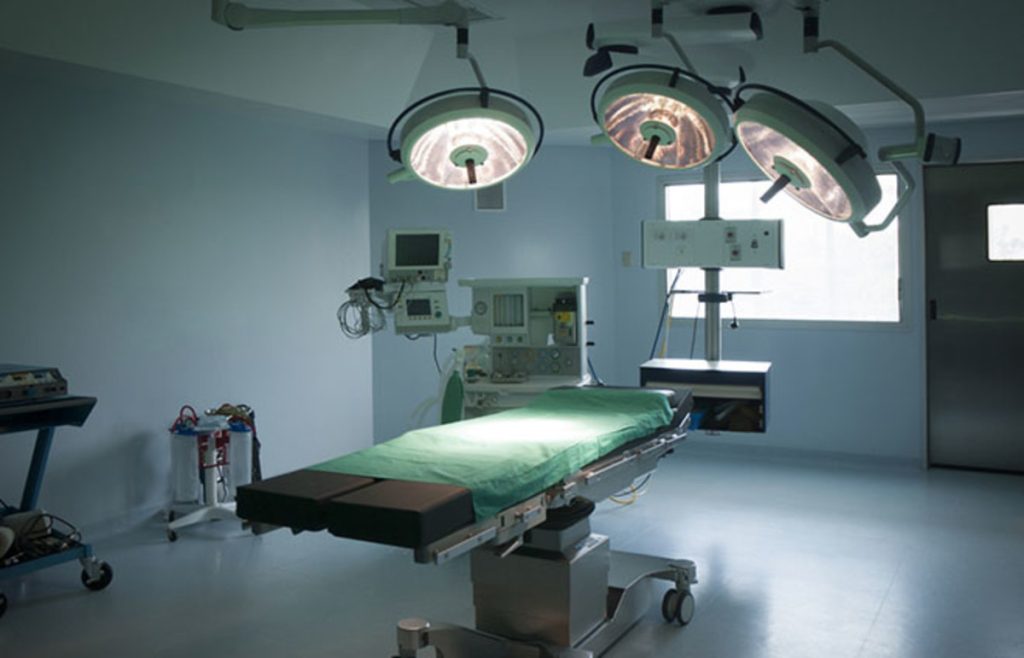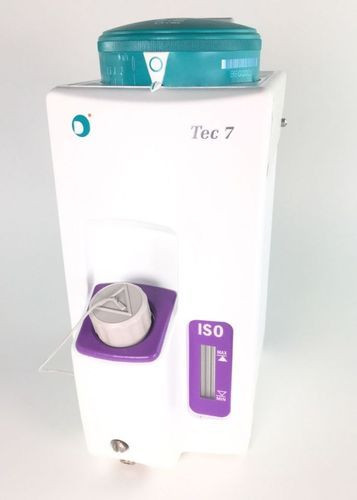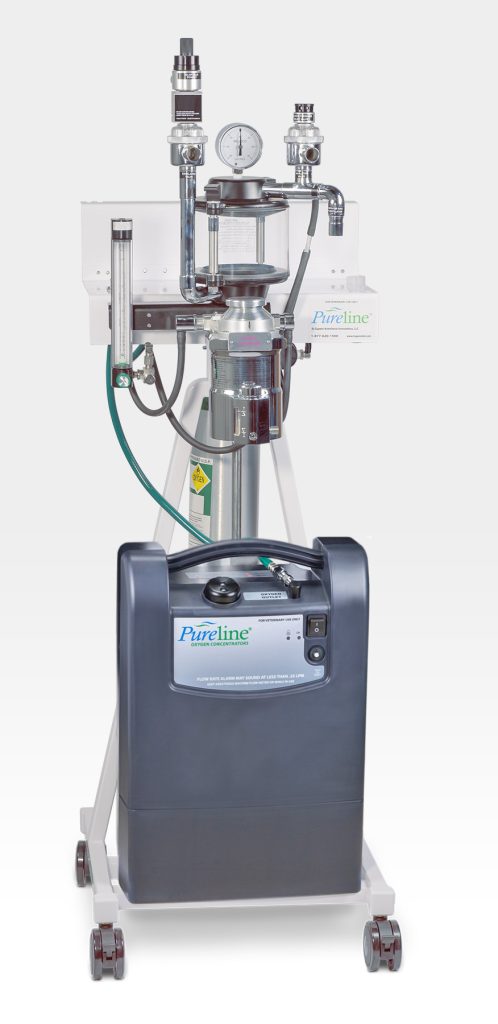How does an anesthesia machine work?
Anesthesia machines are used to deliver anesthesia to patients during surgical procedures. The machine works by mixing oxygen and anesthetic gases together and delivering them to the patient through a breathing circuit.
The machine has several important components, including a gas mixer, vaporizer, flowmeter, and breathing circuit. The gas mixer is used to mix the oxygen and anesthetic gases together in the correct proportions. The vaporizer is used to turn the liquid anesthetic into a gas so that it can be delivered to the patient. The flowmeter is used to control the flow of gases into the patient’s lungs. The breathing circuit connects the patient to the machine and delivers the anesthesia gases to them.
What are the different types of veterinary anesthesia machines?
There are four different types of veterinary anesthesia machines: open, semi-open, closed, and portable.
Open machines have a large breathing circuit that is open to the atmosphere. This type of machine is typically used for small animals, such as rodents or birds.
Semi-open machines have a smaller breathing circuit that is partially enclosed. This type of machine is typically used for medium-sized animals, such as cats or dogs.
Closed machines have a completely enclosed breathing circuit. This type of machine is typically used for large animals, such as horses or cattle.
Portable machines are small and lightweight so they can be easily transported from one location to another.
What are the features of a good veterinary anesthesia machine?
1. A good veterinary anesthesia machine should have a large, clear display that shows all of the relevant information at a glance.
2. It should be easy to operate, with clearly labeled controls and an intuitive interface.
3. The machine should be able to deliver a wide range of gases and vapors, including oxygen, nitrous oxide, and various inhalation agents.
4. It should have built-in safety features to protect both the patient and the operator, such as alarms that sound if something goes wrong.
5. It should be durable and easy to maintain, with readily available replacement parts.
How to choose the right veterinary anesthesia machine for your practice?
size and weight of the animal, type of procedure being performed, length of procedure, etc.
How to use a veterinary anesthesia machine?
1. Make sure that the machine is properly plugged in and that all connections are secure.
2. Turn on the machine and set the desired flow rate.
3. Adjust the vaporizer output to achieve the desired concentration of anesthesia in the inspired gas mixture.
4. Connect the patient to the machine using an appropriate breathing circuit.
5. Administer anesthesia to the patient according to your protocol.
What are the safety features of a veterinary anesthesia machine?
1. Pressure relief valve: This valve helps to prevent pressure build-up in the anesthesia machine, which could potentially be dangerous.
2. Flowmeter: The flowmeter monitors the flow of gas going into the patient and helps the veterinarian keep track of how much anesthesia they are receiving.
3. Vaporizer: The vaporizer mixes the proper amount of anesthetic agent with oxygen, so that the patient receives a safe and effective dose.
4. Resuscitator: The resuscitator is a device that can be used to provide oxygen to the patient if they stop breathing on their own.
What are the benefits of using a veterinary anesthesia machine?
The anesthesia machine is a vital piece of equipment in any veterinary hospital. It is used to deliver anesthesia to animals prior to surgery or other procedures. There are many benefits to using an anesthesia machine, both for the animal and the veterinary surgeon.
Anesthesia machines help to keep animals safe during surgery by delivering a consistent and controlled amount of anesthesia. This helps to minimize the risk of complications during surgery. Anesthesia machines also allow veterinarians to monitor an animal’s vital signs during surgery, which helps to ensure their safety.
Veterinary surgeons benefit from using anesthesia machines because they can focus on the surgical procedure without having to worry about administering the anesthesia themselves. Anesthesia machines help to make surgeries safer and more efficient by allowing surgeons to focus on their work.
How to maintain a veterinary anesthesia machine?
1. Keep the machine clean. Regularly wipe down the exterior of the machine with a damp cloth. Clean the patient breathing circuit after each use, according to the manufacturer’s instructions.
2. Inspect the machine regularly. Check for any damage or wear and tear, and make sure all connections are secure.
3. Replace any worn or damaged parts immediately. This includes things like worn hoses or connectors, frayed wires, and cracked plastic parts.
4. Keep the machine well-oiled and lubricated according to the manufacturer’s instructions. This will help keep it running smoothly and prevent premature wear and tear.
5 . Store the machine in a cool, dry place when not in use
What are the common problems with veterinary anesthesia machines?
1. Machine may not be properly calibrated
2. Incorrect anesthetic agent or dose
3. Inadequate ventilation
4. Poorly fitting masks or intubation tubes
5. Excessive noise or vibration
How to troubleshoot a veterinary anesthesia machine?
If you’re having trouble with your veterinary anesthesia machine, there are a few things you can do to try and troubleshoot the issue. First, check all of the connections to make sure they are secure. Next, check the power source to make sure the machine is plugged in and receiving power. If the machine is still not working, you may need to contact a professional for further assistance.

